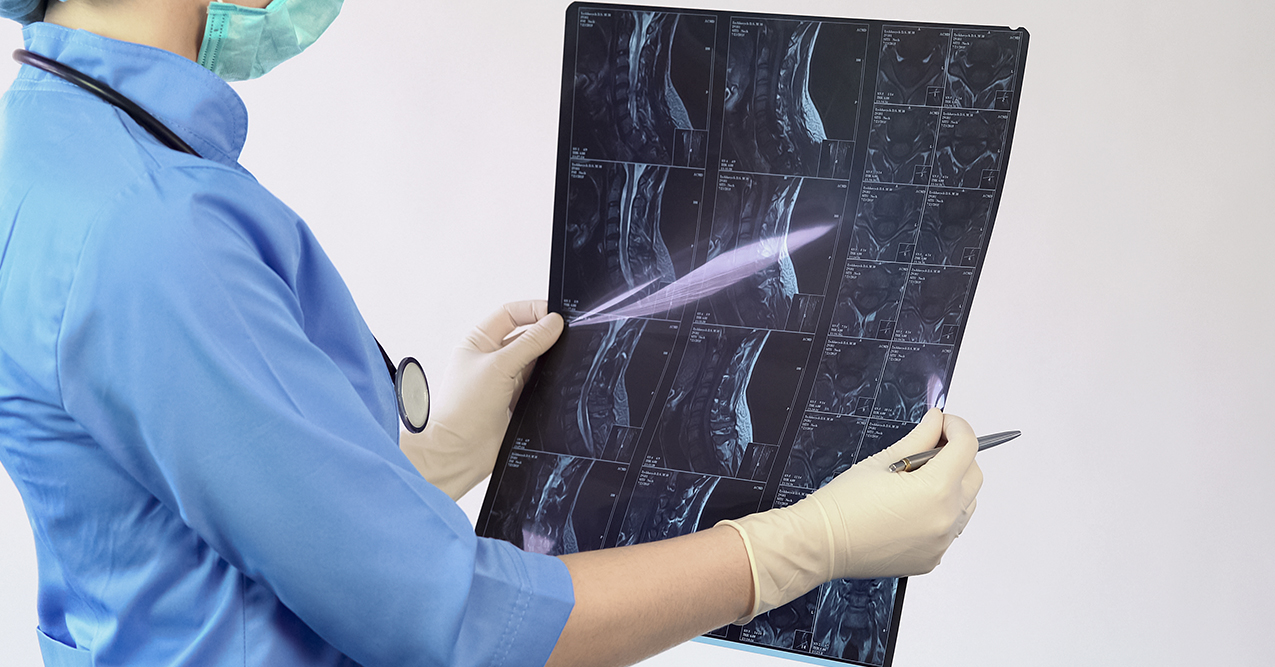
Cervical
Pain in and around the neck is a relatively common condition. This pain can be caused by a number of medical conditions, such as neck strain and injury, herniated discs, pinched nerves, and infections to name a few. Just as there are many conditions associated with neck pain, there are many treatment options as well.
Thoracic and Lumbar
Back pain is one of the most common reasons why people seek medical care. There have been many advances in the treatment of back pain over the years, from minimally invasive approaches to non-surgical treatment options. Each case is different and some options are better than others depending on the conditions associated with the problem. If you suffer from back pain, talk to your doctor to find out what treatment options are right for you.
Middle back pain treatments vary by condition. To begin to determine what treatment options are right for you, answer these simple questions:
- Are you in a great deal of pain?
- Does your condition prevent your from daily tasks?
- Have other treatments provided relief?
The answers to these questions will help your doctor begin to diagnosis the severity of your conditions.
Intraoperative Monitoring (IOM)
Intraoperative Monitoring is a specialized technology that gauges the well-being of patients while they are undergoing neurosurgical procedures. The activity of the patient's brain, spine and peripheral nervous system is monitored closely throughout the surgery and any significant changes are communicated to the surgeon in real time. Electroencephalography, electromyography, and other electrophysiological methods are used to ensure that the patient's safety during surgery is maximized.
Conservative/Non-Surgical
Conservative/non-surgical treatment options are often the first step in the road to recovery after your diagnosis. Conservative treatment options include exercise, weight loss, pain medications, and epidual injections to name a few. Contact your doctor to set up an appointment to start your journey on the road to recovery.
